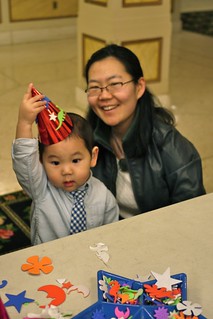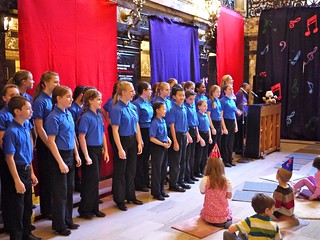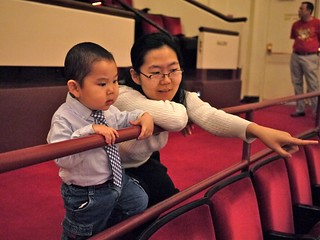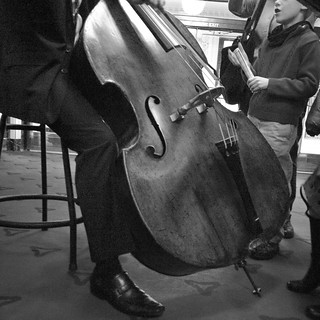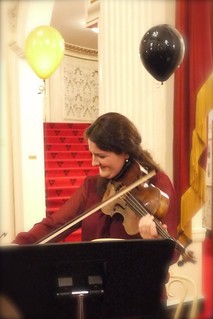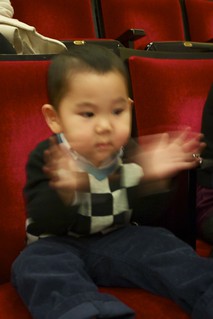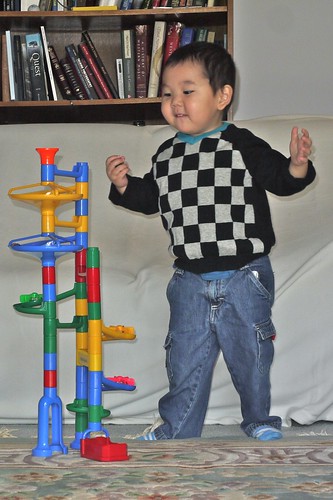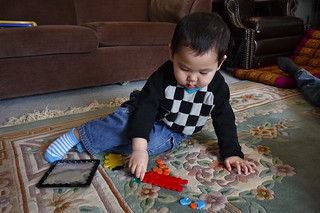 Lean Analytics: Use Data to Build a Better Startup Faster by Alistair Croll
Lean Analytics: Use Data to Build a Better Startup Faster by Alistair CrollMy rating: 4 of 5 stars
Lean Analytics bills itself as how data can be used as a startup. But it really is how you use data to make and check business decisions. And it takes the discussion of key performance indicators and puts them into a context where 1. data is readily available and 2. analyzing the data is relatively easy if you knew what data to look for and what and why you are analyzing it.
The first part is fairly standard fare for metrics oriented organizations. A discussion of what data is, how to choose measures, recognizing that data is never clean. But the rest of the book starts through a range of scenarios. Different types of businesses. Different stages of business development. Different competitive environments. With the variety presented, the point is not to find the chapter that matches your situation or to pick at a description and find ways that it does not apply, the point here is that data-informed decisions have a place in a wide range of contexts. The goal with metrics is not to decide that because it is not perfect it cannot be used, the goal is to use data in a way that complements experience, instinct, and intuition in making better decisions. For that, Lean Analytics is good to read for anyone thinking about how data can be made to work, not just in internet based startups.
Disclaimer: I received an free electronic book edition of Lean Analytics through the O'Reilly Press bloggers program.
View all my reviews
